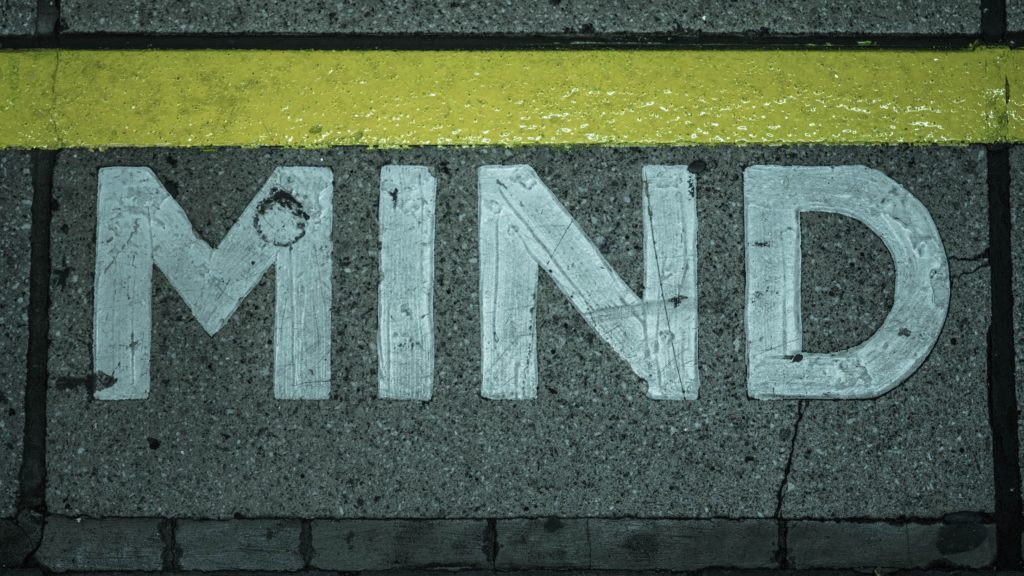Why do we do what we do?
Have you ever stopped to critically think about how outside social forces influence your thoughts, actions, and responses?
How about how they influence your perception of others and how you interact with them?
We are all influenced by social patterns, norms, and society. But we rarely ever stop to critically think about why we do what we do.
Ask Yourself
Have you ever thought about what you do when you ride an elevator?

Picture Yourself
Picture yourself walking down a hallway getting ready to get on an elevator.
When you arrive, what do you do?
Elevator Dance
Riding an elevator is like a well-choreographed dance.
We call for the elevator. We step back and we wait. We hear the tell-tale ding, or see the tell-tale light illuminate, announcing the elevator’s arrival. The doors open. We step on. We turn to select our floor. We step to the back and face forward.
The magic of the dance is that we do it every time without thinking about it.

Elevator Etiquette
Why do we behave the way that we do on elevators? Did anyone ever teach you the rules of elevator etiquette?
No one ever taught me. Nevertheless, I do the same dance every time I use an elevator.
Noticing the Unnoticeable
What happens when you step onto an elevator and the next rider doesn’t follow the expected rules?
How would you feel if a rider got on and selected their floor and then moved to stand right next to you even though there was no one else riding? How does their violation of the rules make you feel? What thoughts run through your mind?

Put yourself back on that elevator.
Who are you picturing as the other rider?
Are you picturing the other rider as a man or a woman? Someone you know or don’t know? If you change the gender or familiarity of the other rider, in your mind, does it change how you feel?
Group Dynamics
Imagine a group of riders getting on having a boisterous conversation. What do you expect them to do once they enter the elevator and the doors close?
What runs through your mind if they don’t halt their conversation once the elevator doors close? Do you consider this rude or annoying?
Most people create a mental picture of a group without any description given from my prompt. Who did you picture? What is their age, race, social class? Why did this picture materialize in your mind?
Autopilot
Our society operates on autopilot in many different ways. Individual actions construct and maintain social standards, but individuals are rarely aware of the structure that they are maintaining.

Violations
It is not until someone breaches our expectations of behavior that we notice that they were there in the first place. Harold Garfinkel revolutionized the idea of showing people what they take for granted in his breaching experiments. These social experiments used actors to intentionally break social norms; thus, calling attention to what we do on autopilot. For example, when we are standing in line to order a coffee, we expect that everyone else that enters after us will get in line behind us. But is there a rule to do so? We realize the influence of social forces beyond our conscious thinking when someone violates norms that we take for granted, like “cutting in line.”
What Dances Exist Beyond the Elevator
Can you think of any other behaviors that come from our unconscious thinking that manifest in our actions and responses?
How do you think expectations of behavior might influence social dynamics beyond the act of the elevator dance?
Join me next month to explore social expectations of behavior and the social construction of unconscious thought.

By Kristin Heck Sajadi, Founder and CEO at Shyft Strategies, LLC
Sajadi is a sociologist, entrepreneur and developer of the Shyft5 TM program – helping individuals and organizations build social and self-awareness as an asset to shyft the status quo.
Shyft5 TM program tackles challenges and builds awareness—the benchmark for effective communication, productive interaction, and thriving cultures in today’s organizations.
At Shyft Strategies, we help you uncover the unconscious thinking and actions that create obstacles and barriers. We help you navigate today’s new business and human capital reality. The first step to moving forward is increasing awareness. Awareness isn’t just learning a new fact or statistic. It is connecting the dots between the reality of what is and why, so that we can consciously and cognitively shyft to what can be and how.

